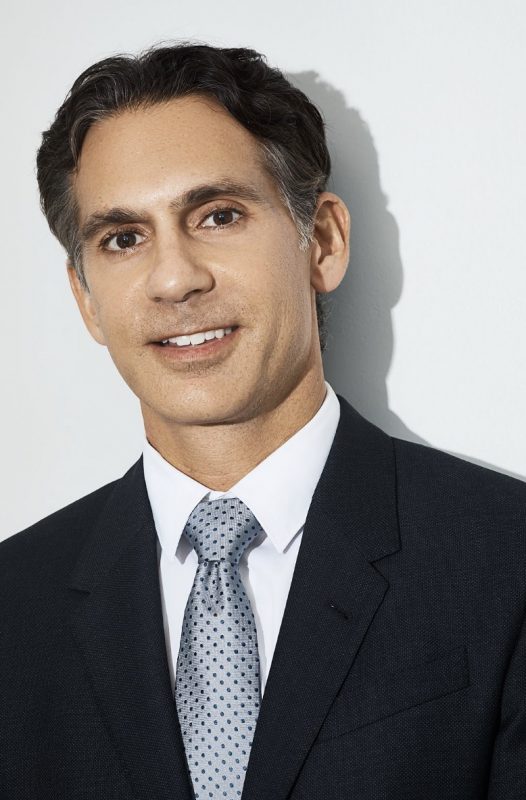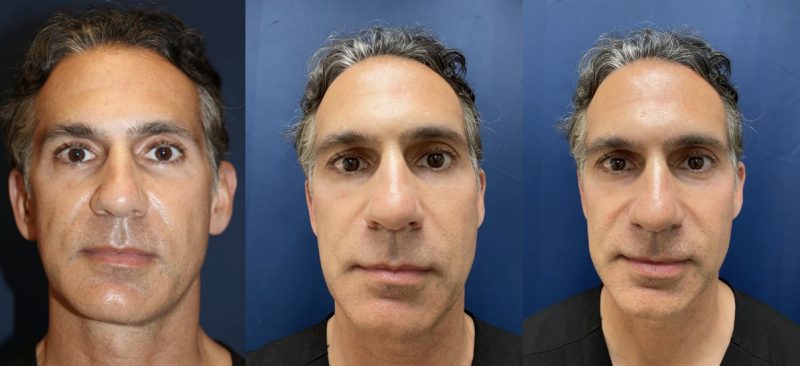By Ley Calisang
Dr. Michael Newman, one of Hollywood’s A-List Plastic Surgeons, is eager to talk about this very relevant topic. Many people are changing their looks based on what they see in their pictures. With today’s technology and medical advances, there is no telling what people can get done without the right information from an experienced plastic surgeon such as Dr. Michael Newman.

HOW DO “SELFIES” IMPACT A PERSON’S PERCEPTION OF PERFECTION?
Many of Dr Newman’s patients complain about the way they look in photos. That has always been a common theme in plastic surgery and is usually focused on how their face looks in photos rather than their body. Examples include seeing the hump on a nose that is more noticeable from the side view, seeing extra skin hanging from the neck, or seeing wrinkles in different lighting. However, smartphones have amplified this issue dramatically for several reasons:
One, photos are much easier to take and share compared to the days when you had to use a regular camera and get the film developed.
In addition, smartphones create more distortion compared to a traditional camera due to the shape of the lens. Smartphone lenses also exaggerate asymmetries of the face and body. This occurs due to the lens’s curved shape, which creates a parallax distortion. This makes asymmetries more noticeable, even though the asymmetries may be barely visible to the eye in person or with a standard camera photo. This is also known as the fisheye effect.
Below are photos of Dr. Michael Newman showing the comparison of photos taken with a DSLR, a Front-facing cellphone camera, and a Rear-facing cellphone camera respectively:
 The three attached photos are:
The three attached photos are:
-
DSLR (Digital Single Lens Reflex) camera, Canon EOS Rebel T7. This is the camera used for standard photography since it offers the least amount of distortion through the lens and this is the closest representation of what we see with our eyes.
-
Front-facing (selfie) smartphone camera taken with an Apple iPhone Mini 12.
-
Rear-facing smartphone camera taken with an Apple iPhone Mini 12.
All photos were taken on the same day, in the same room, with the same lighting. Both of the smartphone photos demonstrate the severe distortion caused by the lenses on smartphone cameras, designed to take in a wider view, but as a result, cause distortion. Specifically, the smartphone camera lens makes central objects larger, peripheral objects smaller, and exaggerates asymmetries. As you can see in both of the smartphone camera photos, my nose looks much larger relative to the rest of my face compared to the DSLR camera photos. In addition, my asymmetries are exaggerated in the smartphone camera photos, specifically, my chin, jaw, and forehead appear much more crooked in those images compared to the DSLR camera photos.
Finally, there is the Zoom effect. Now that so many of our meetings are virtual, we use our phones to video conference which has two consequences. We typically hold the phone below the level of our face with the neck bent down making the excess skin in our neck bunch up leading to many more people seeking neck lift surgery. Also, the video software (FaceTime, Zoom, etc.) gives us a real-time image of ourselves to stare at and critique during the conference which never happens during an in-person meeting. Due to the distortion issues of the smartphone lens mentioned above, the angle of the phone in our hands, and the often poor lighting, we typically look much worse in those images than we do in reality, prompting many more people to seek plastic surgery these days.
Two recent journal articles highlighted how smartphone cameras create a lot of facial distortion. The articles showed examples of photos using a professional camera versus a smartphone camera versus a selfie smartphone camera, demonstrating the unflattering distortion effects. Smartphones make central objects larger and peripheral objects smaller leading to facial disproportion due to the curved lens which is designed to capture a wider view. Specifically, the nose often looks larger compared to the rest of the face, and asymmetries are exaggerated.
Smartphones and video conferencing have definitely led to a dramatic increase in demand for plastic surgery. The distortion caused by these technologies has led to insecurities about appearance and decreased self-esteem, often unjustified since most of us look much better in person than we do through our smartphone cameras. Mild asymmetries are common and most people do not notice mild asymmetries in conversation or even in standard camera photos so it is usually not worth pursuing plastic surgery to correct asymmetries that are subtle.
For more about Dr. Michael Newman, go to http://www.






